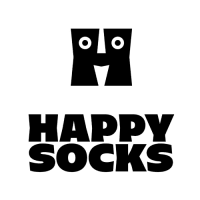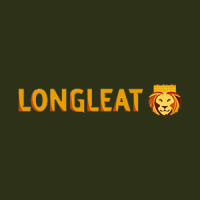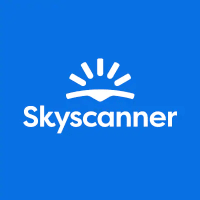China’s Top Brands Stay Cautious on Post-Covid Consumer Recovery

(Bloomberg) — China’s biggest consumer brands, from sneaker makers to brewers, say they’ve seen a boom in demand as the country leaves the dark days of Covid Zero behind. But beneath the surface, a lingering sense of caution about the sustainability of the rebound points to a potentially rocky year ahead. A recovery in business since the Lunar New Year is still going strong as consumers unleash spending that was curbed by last year’s unpredictable pandemic controls, executives at global consumer giants like Starbucks Corp., as well as local heavyweights like Li Ning Co., have said in their most recent round of earnings.
But the country’s most prominent labels are still hedging their bets in a variety of ways, from wide revenue forecasts to applying deep discounts to shift old inventory, reflecting the shadow of a volatile three years under pandemic curbs during which businesses repeatedly saw the rug pulled out from under them. The Chinese market will still face uncertainties during the first half and it will take time to see whether consumer confidence has finally returned, Ding Shui Po, chief executive officer of sportswear firm Xtep International Holdings Ltd., said this month. The company also needs to clear inventory left over from last year, and its plan to sell them at a discount means revenue growth this half will be slower than the latter part of the year, he said.
Beijing is betting on consumers to help drive the economic recovery after three years of pandemic turmoil. And while recent data show a recovery underway, Chinese shoppers aren’t splashing out like they’re used to, and the country’s post-Covid recovery has not been as quick or forceful as other places. Read more: China’s Post-Covid Zero Consumer Boom Has Yet to Materialize
Rising unemployment and a real estate investment slump are adding to pressure on households wary about opening up their wallets. That’s left some companies tempering their optimism about the year ahead. Yum China Holdings Inc., which operates KFC and Pizza Hut in China, warned last month about keeping a “level head” and Starbucks said that even though stores have reopened, short-term uncertainties means caution is needed.
China Resources Beer Holdings Co. said it expects a recovery in the market, albeit gradual. Meanwhile, others’ outlook may prove to be overly optimistic should consumer spending start to fade. Li Ning said it saw a steady sales improvement during the first three months of this year.
But Bloomberg Intelligence analyst Catherine Lim forecasts the company needs to raise its April-December retail sales across all selling channels in mainland China by more than 10% year-over-year to reach the upper end of its goal of a mid-teens-percentage revenue gain in 2023. The country’s top sportswear brand, Anta Sports Products Ltd., is planning a slew of new shops. But their outlook came with a target for retail sales growth of 10% to 20% — an unprecedentedly wide range that’s a sign of continued weak consumer sentiment, according to Citigroup Inc.
To be sure, sectors like tourism and dining, which were among the hardest hit by sweeping lockdowns through last year, have rebounded strongly as people venture out once again. Samsonite International SA’s sales in the first two months of this year were up 16.5% from a year earlier and it expects travel in China to return to pre-pandemic levels as soon as the end of the second quarter. Global hotel chain Accor SA predicts the domestic market will be better in 2023 than 2019.
For luxury house Prada SpA, which says its baseline is to increase investment in China, uncertainty is just a sign of the times.
“Behind any angle, there is uncertainty, because that’s the rule of the game in this 21st century,” Chief Executive Officer Andrea Guerra said earlier this month.
(C)2023 Bloomberg L.P.





